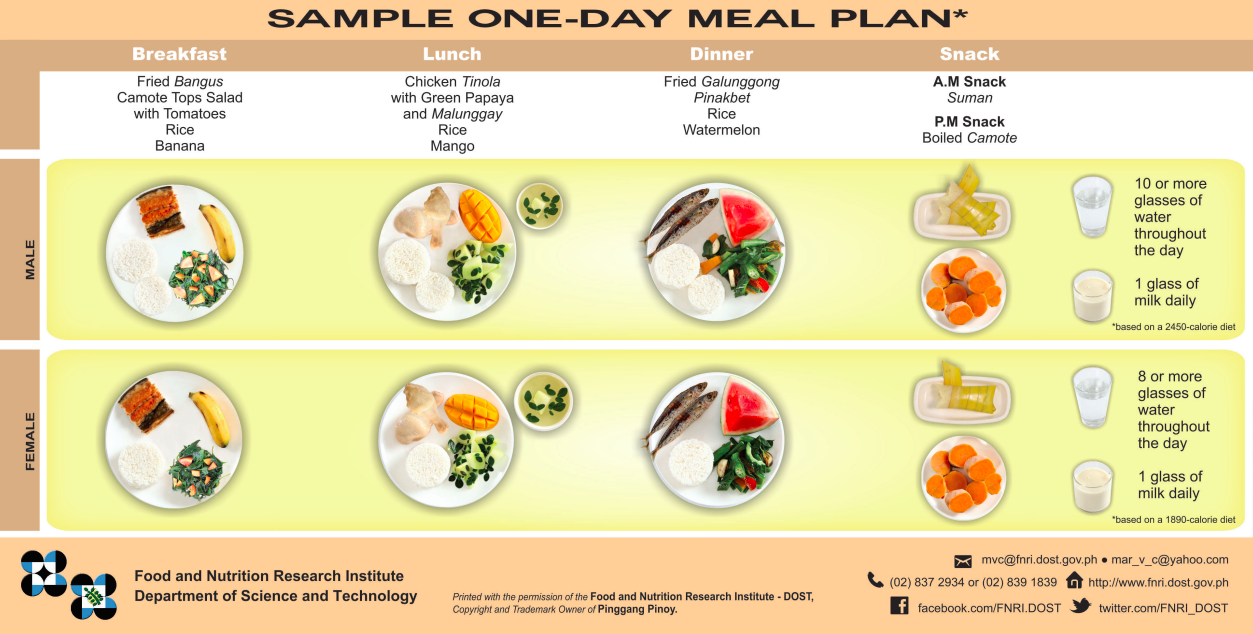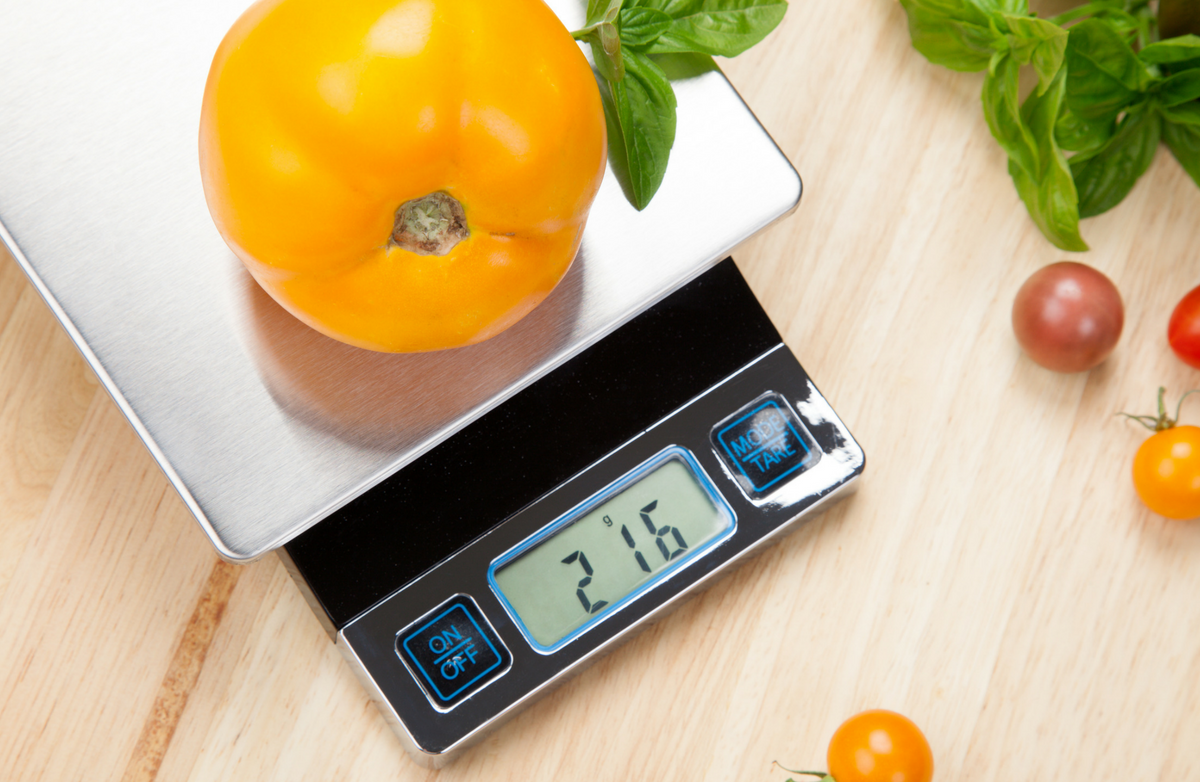Uncover the fascinating world of lightest meals weight, the place calorie density and weight play a pivotal function in weight administration and wholesome consuming. Delve into the dietary worth and calorie content material of varied meals, unravel the impression of meals varieties and cooking strategies on weight, and discover how meals preparation and storage methods can affect portion sizes and general calorie consumption.
Put together to be enlightened as we embark on a journey to grasp the intricate relationship between meals weight and its implications for our well being and well-being.
Dietary Worth and Calorie Content material

The dietary worth of a meals is set by its composition of important vitamins, akin to carbohydrates, protein, fat, nutritional vitamins, and minerals. Calorie content material, however, measures the quantity of power that the physique can acquire from a given quantity of meals.
The calorie density of a meals refers back to the variety of energy per unit weight. Calorie-dense meals are people who present a excessive variety of energy for his or her weight, whereas calorie-dilute meals present fewer energy for his or her weight.
Calorie Density and Weight Administration
Calorie density performs a big function in weight administration. Consuming calorie-dense meals can result in weight acquire, as they supply extra energy for a similar quantity of meals. Then again, consuming calorie-dilute meals can assist with weight reduction or upkeep, as they supply fewer energy for a similar quantity of meals.
It is very important notice that calorie density alone doesn’t decide the general healthiness of a meals. Some calorie-dense meals, akin to nuts and avocados, are additionally wealthy in vitamins and may be a part of a nutritious diet. Nonetheless, it’s usually really useful to restrict the consumption of calorie-dense meals which can be low in vitamins, akin to processed snacks and sugary drinks.
Dietary Worth and Calorie Content material of Numerous Meals
The next desk gives the dietary worth and calorie content material of varied meals, organized by weight:
| Meals | Weight (g) | Energy | Carbohydrates (g) | Protein (g) | Fats (g) |
|---|---|---|---|---|---|
| Apple | 100 | 52 | 14 | 0.3 | 0.2 |
| Banana | 100 | 89 | 23 | 1.1 | 0.4 |
| Broccoli | 100 | 34 | 6 | 2.6 | 0.4 |
| Hen breast | 100 | 165 | 0 | 31 | 3.6 |
| Chocolate bar | 100 | 546 | 65 | 5 | 36 |
| French fries | 100 | 312 | 45 | 3.4 | 15 |
| Oatmeal | 100 | 389 | 66 | 13 | 7 |
| Potato chips | 100 | 533 | 56 | 3 | 33 |
| Rice | 100 | 358 | 78 | 8 | 1 |
| Spinach | 100 | 23 | 4 | 3 | 0.4 |
As you possibly can see from the desk, calorie density varies extensively amongst totally different meals. For instance, spinach is a calorie-dilute meals, offering solely 23 energy per 100 grams, whereas chocolate bars are a calorie-dense meals, offering 546 energy per 100 grams.
Meals Sorts and Weight
Understanding the burden of various meals is essential for meal planning and portion management. The burden of meals can differ considerably relying on its kind, preparation technique, and moisture content material.
To assist categorize meals based mostly on their weight, we have created a desk beneath:
Meals Sorts and Weight Desk
| Meals Kind | Weight (per 100g) | Class |
|---|---|---|
| Lettuce | 15g | Very Gentle |
| Cucumber | 17g | Very Gentle |
| Carrots | 35g | Gentle |
| Broccoli | 37g | Gentle |
| Hen breast (cooked) | 100g | Medium |
| Rice (cooked) | 120g | Medium |
| Steak (cooked) | 150g | Heavy |
| Potato (boiled) | 160g | Heavy |
As you possibly can see from the desk, very mild meals weigh lower than 25g per 100g, mild meals weigh between 25g and 50g per 100g, medium meals weigh between 50g and 100g per 100g, and heavy meals weigh greater than 100g per 100g.
Understanding the burden of various meals can assist you propose meals which can be each nutritious and filling. For instance, if you happen to’re attempting to drop some pounds, chances are you’ll need to concentrate on consuming extra very mild and lightweight meals. When you’re attempting to realize weight, chances are you’ll need to concentrate on consuming extra medium and heavy meals.
Portion management can be essential for sustaining a wholesome weight. By weighing your meals, you possibly can make sure that you are consuming the correct quantity of energy. For instance, a 100g serving of lettuce is barely 15 energy, whereas a 100g serving of steak is 150 energy.
Understanding the burden of various meals is a vital a part of wholesome consuming. By utilizing the desk above, you can also make knowledgeable selections in regards to the meals you eat and the parts you devour.
Cooking Strategies and Weight
Cooking strategies can considerably impression the burden of meals. Understanding these results is essential for planning meals for weight administration.
Cooking can alter meals weight by way of numerous mechanisms, akin to evaporation and absorption.
Evaporation
- Evaporation happens when water or different liquids current in meals are heated and switch into vapor.
- This course of reduces the burden of meals, particularly these with excessive water content material, akin to greens and fruits.
Absorption
- Absorption happens when meals take up liquids or fat throughout cooking.
- This course of will increase the burden of meals, notably these which can be porous or absorbent, akin to rice and pasta.
Different Elements
Along with evaporation and absorption, different components can have an effect on meals weight throughout cooking, together with:
- Cooking time:Longer cooking instances can result in larger weight reduction by way of evaporation.
- Cooking temperature:Greater temperatures promote evaporation.
- Meals dimension and form:Smaller items of meals have a bigger floor space, permitting for extra evaporation.
Contemplating cooking strategies when planning meals is important for correct calorie and weight administration. For instance, if a recipe requires cooked greens, weighing them earlier than cooking will present a extra correct illustration of the energy and weight consumed.
Meals Preparation and Weight

Meals preparation methods can considerably impression the burden of meals objects. Completely different strategies can both cut back or enhance weight, which might have implications for portion sizes and general calorie consumption.
Meals Preparation Strategies and Weight
| Preparation Methodology | Impact on Weight | Examples |
|---|---|---|
| Chopping | Reduces weight | Slicing greens or fruits into smaller items |
| Slicing | Reduces weight | Slicing meat or cheese into skinny slices |
| Mixing | Will increase weight | Puréeing fruits or greens, which contains air |
| Roasting | Reduces weight | Eradicating moisture from meals like meat or greens |
| Steaming | Reduces weight | Cooking meals over boiling water, releasing steam |
Understanding how meals preparation impacts weight can assist people make knowledgeable selections about their meals consumption. By selecting strategies that cut back weight, akin to chopping or steaming, they’ll doubtlessly cut back their calorie consumption and promote weight administration.
Meals Storage and Weight: Lightest Meals Weight

The way in which meals is saved can considerably impression its weight. Correct storage strategies can assist keep meals weight and stop spoilage, whereas improper storage can result in weight reduction or spoilage.
Impression of Meals Storage Strategies on Weight, Lightest meals weight
| Storage Methodology | Impact on Weight |
|---|---|
| Refrigeration | Reduces weight by eradicating moisture. |
| Freezing | Reduces weight by eradicating moisture and stopping spoilage. |
| Vacuum Sealing | Prevents weight reduction by eradicating air and creating an hermetic seal. |
| Canning | Will increase weight by including liquid and preservatives. |
| Drying | Reduces weight considerably by eradicating moisture. |
Elements Affecting Meals Weight throughout Storage
A number of components can affect meals weight throughout storage, together with:
- Temperature:Greater temperatures may cause moisture loss, resulting in weight reduction. Decrease temperatures can stop moisture loss and spoilage.
- Humidity:Excessive humidity may cause moisture absorption, resulting in weight acquire. Low humidity can promote moisture loss and weight reduction.
- Packaging:Hermetic packaging can stop moisture loss and spoilage, sustaining meals weight. Non-airtight packaging can permit moisture loss and spoilage, resulting in weight reduction.
Correct Meals Storage for Weight Upkeep
Correct meals storage practices can assist keep meals weight and stop spoilage. These practices embody:
- Storing meals on the right temperature and humidity ranges.
- Utilizing hermetic packaging to stop moisture loss.
- Freezing meals to stop spoilage and weight reduction.
- Vacuum sealing meals to take away air and stop spoilage.
- Drying meals to take away moisture and stop spoilage.
Steadily Requested Questions
What’s calorie density?
Calorie density refers back to the variety of energy contained in a given weight of meals.
How does calorie density have an effect on weight administration?
Consuming meals with decrease calorie density can assist cut back general calorie consumption, resulting in weight reduction.
What are some examples of sunshine meals?
Fruits, greens, lean protein, and complete grains are all examples of sunshine meals.




